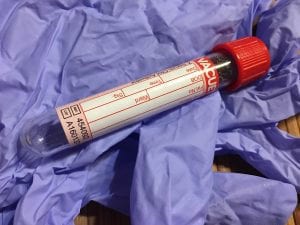According to a story from mirror.co.uk, a new invention called OrganOx has the potential to make liver transplants more effective and more widely available in the UK. A liver transplant is a risky procedure, but it can play a critical role in the treatment of a number of diseases both rare and otherwise. For Paul Wren, who has primary sclerosing cholangitis, a liver transplant was ultimately his only option for survival as his liver deteriorated.
About Primary Sclerosing Cholangitis
Primary sclerosing cholangitis is a progressive, long term rare disease which affects the function of the liver and gallbladder. It is most characterized by the scarring and inflammation of the bile ducts, which are essential for allowing bile to exit the gallbladder. It can ultimately lead to cirrhosis and liver failure. It also increases the risk of several types of cancer. Although it is regarded by many as an autoimmune disease, it does not respond to immune system suppressants, so the precise cause of primary sclerosing cholangitis is poorly understood. Most patients also have some form of inflammatory bowel disease. Symptoms include itching, jaundice, portal hypertension, abdominal pain, malabsorption, hepatic encephalopathy, and dark urine. Treatment of primary sclerosing cholangitis is symptomatic and supportive, and there are currently no approved treatments specifically for the disease. To learn more about primary sclerosing cholangitis, click here.
The OrganOx System
The OrganOx system has several advantages that will make liver transplants safer and more widely available. Donor livers are typically transported to the site of transplant in an ice box. Under these conditions, the organ can only last twelve hours and the risk of tissue damage is high, which may make the organ unsuitable for use. OrganOx attempts to replicate the natural conditions of the body, keeping the organ at normal body temperature as well as cycling fresh blood and other materials into the liver.
With the OrganOx, a liver can survive for an entire day. The system can also test the organ for viability. In cases of a fatty donor liver, OrganOx can actually rehabilitate the organ to make it usable. Paul was able to get a transplant with a liver that was preserved using the system. The procedure was a total success; a year later, Paul is fit as an ox and has been able to enjoy his old hobbies: golfing and cycling.








